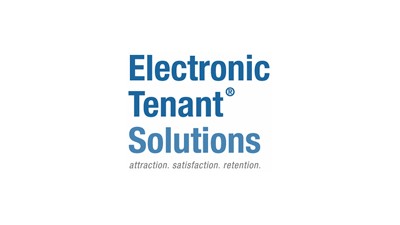Tenants Help Save $25k In Energy Expenses And Improve Public Consumption Profile

Required public reporting of commercial building energy use is on the rise, and it is significantly impacting property owners and managers. Faced with an energy assessment score that may be lower than the national average, they must quickly bring their buildings up to par or risk assessors labeling properties as underperforming. New York City, Atlanta, Portland and most recently Denver, are part of a growing list of cities that have legislated energy use benchmarking. The Denver City Energy Project, for example, will require commercial and multifamily buildings over 50k SF to report their Energy Star scores beginning in June 2017; smaller properties will follow suit by June 2018.
The city hopes to cut greenhouse gas emissions by 18% — returning to below 1990 levels — by 2020 and save $1.3B in the process. CRE is a huge component; 57% of Denver's greenhouse gas emissions come from large commercial and multifamily buildings. Property managers will not be alone in trying to meet this ambitious goal. Instead, they can empower tenants to substantially contribute to lowering energy consumption.

Twenty-two percent of a commercial building’s operating expense comes from energy use, and building occupants might not realize their own power consumption can lead to higher rent — tenant plug and light load alone accounts for up to 45% of office energy use. Property managers must depend on each company to control its team’s usage.
Denver's commercial building owners can look to other major metros for best practices. In Chicago, a tower rises 52 stories above the street, an iconic symbol of modern architecture not only in design but also in sustainable practice. From a vegetated roof to low-flow toilets and green janitorial methods, AMA Plaza has made great strides toward energy efficiency. Management's efforts won them the 2016 International TOBY award — the industry's highest designation of operational success.
The skyscraper represents what is on the horizon for the Mile High City, in part for its tenant cooperation. By using energy management software, individual companies can share the burden of reducing energy costs. Steps toward efficiency can be as effortless as an email reminder to lower the blinds on a sunny summer day.

AMA Plaza's management team and tenants utilize Electronic Tenant Solutions software. The software provides insight into energy use, delivers actionable alerts, and provides guidance as to how and where tenants can have an impact in lowering consumption and costs. With energy management software, companies can expect a 5% to 10% reduction in energy usage. ETS also provides daily automated reports of and compiles the data into monthly trends. ETS can also help with seasonal energy initiatives. By sending reminders to lower window shades at the end of each day, the AMA Plaza saves 285,000 kWH in energy use — and $25k in operating costs — over a 14-week period. This not only increases energy efficiency, but proves to tenants that their engagement in these programs can have an impact.
As commercial buildings nationwide come under the microscope of public energy reporting, energy management software curtails energy use not only by benefiting property managers but also by increasing tenant engagement, education and empowerment.
To learn more about ETS, a Bisnow content partner, click here.

